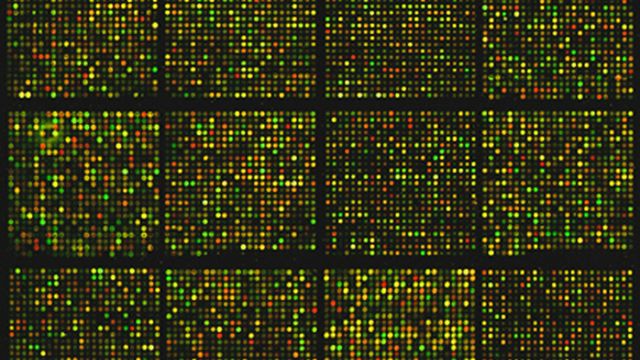Researchers Refine Allele Frequency Estimates in gnomAD Using Ancestry-Based Method
Scientists at the Neurological Research Institute at Texas Children’s Hospital and Baylor College of Medicine have made a significant leap in the field of genetics. They introduced an innovative analytical approach aimed at enhancing the understanding of genetic variation among individuals from diverse ancestral backgrounds. This groundbreaking work focuses on allele frequency estimation through a technique known as local ancestry inference (LAI), and it has been successfully integrated into the Genome Aggregation Database (gnomAD).
Enhancing Genetic Interpretation
The study published in Nature Communications sheds light on the limitations inherent in existing genetic databases. Many of these databases rely on broad population averages, which can obscure the rich tapestry of genetic diversity present within these groups. LAI breaks down the genome according to ancestral components, thereby allowing researchers to derive allele frequencies with a greater level of specificity. By addressing these nuances, scientists can draw more accurate conclusions about genetic variations, leading to improved insights into health and disease.
Segment-Based Analysis for Finer Resolution
Traditional genetic databases like gnomAD often categorize individuals into large, overarching groups, such as African/African American and Latino/Admixed American. While this broad classification captures some aspects of genetic diversity, it can mask the significant variation that exists within each ancestry segment. To rectify this, the research team applied LAI, which identifies and partitions genomic regions based on their ancestral origins.
With these regions established, the researchers recalibrated the frequency of genetic variants within each segment. The results were striking: they found substantial discrepancies between existing aggregate estimates and those derived from ancestry-specific segments. For example, in African/African American and Latino/Admixed American populations, over 80% of genetic sites showed higher frequencies in at least one ancestry tract than previously recorded. This newfound insight underscores the importance of a more granular approach to genetic data analysis.
Clinical Implications of Updated Variant Classification
The implications of this refined method extend deeply into the clinical realm, particularly concerning the classification of genetic variants. Current guidelines established by the American College of Medical Genetics and Genomics (ACMG) utilize population frequency thresholds to determine whether a variant is benign. The ancestry-specific recalculations indicated that some variants deemed rare at the population level actually exceed benign thresholds when assessed within specific ancestry segments.
This differentiation is crucial. By incorporating ancestry-based allele frequencies, clinicians and geneticists have the potential to significantly reduce the risk of misclassification, particularly in individuals of admixed ancestry. The updated approach provides a framework for improved diagnostic accuracy without relying on broad, oversimplified population labels, leading to more personalized healthcare solutions.
Public Access to Updated Variant Data
A noteworthy aspect of this research is the public accessibility of the updated allele frequencies through gnomAD. This feature enables researchers and clinical laboratories alike to leverage the refined data for a variety of applications. The team emphasizes the necessity of acknowledging the genetic complexity present within admixed populations, especially as the era of genetic testing continues to expand among diverse demographic groups.
The integration of ancestry-specific allele frequencies into a widely-used database like gnomAD marks a vital step toward a more inclusive and accurate approach to genetic interpretation. With these advancements, the scientific community can look forward to enhanced understanding and improved clinical outcomes, tailoring genetic research and healthcare to reflect the rich diversity of human ancestry.



